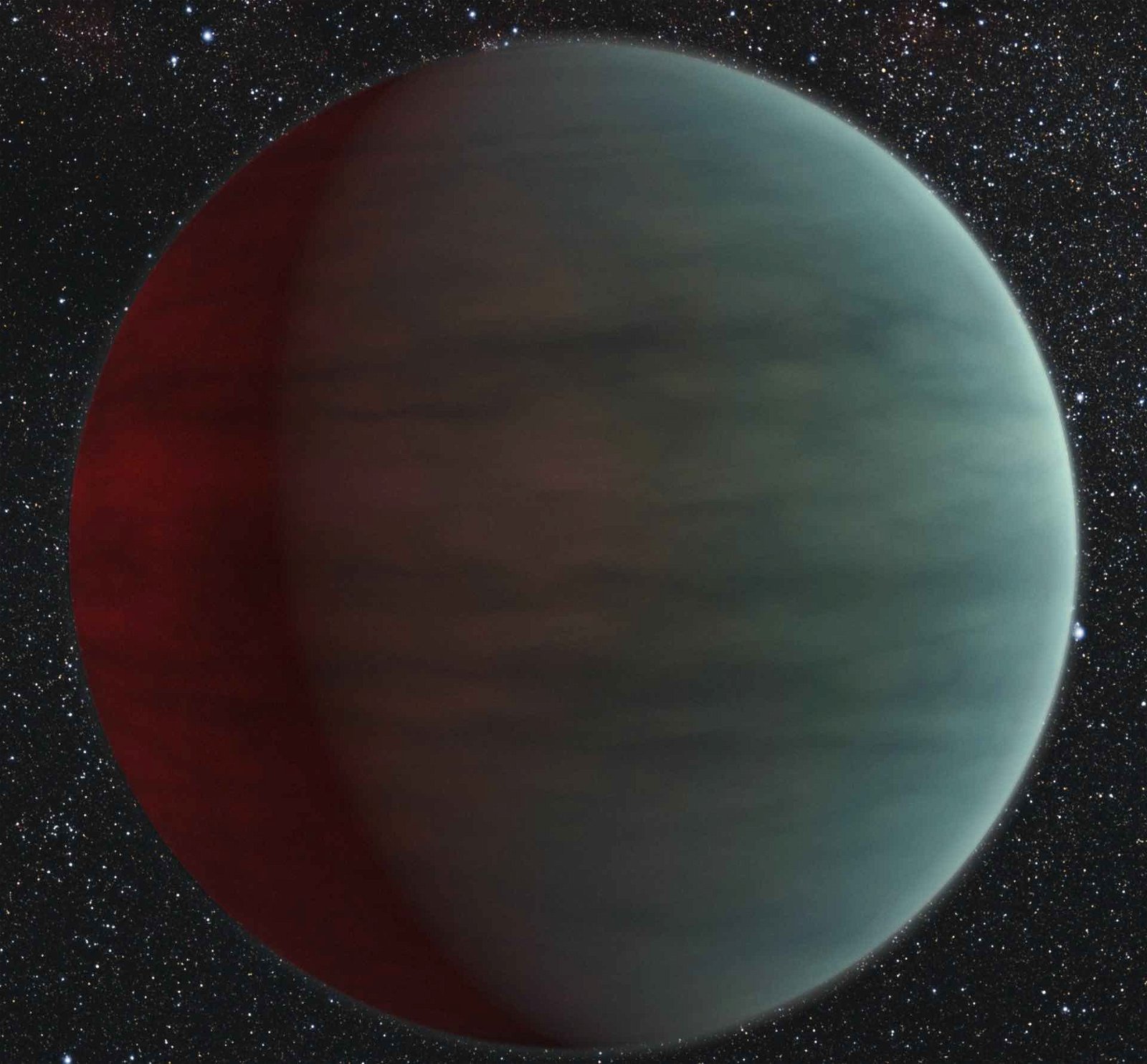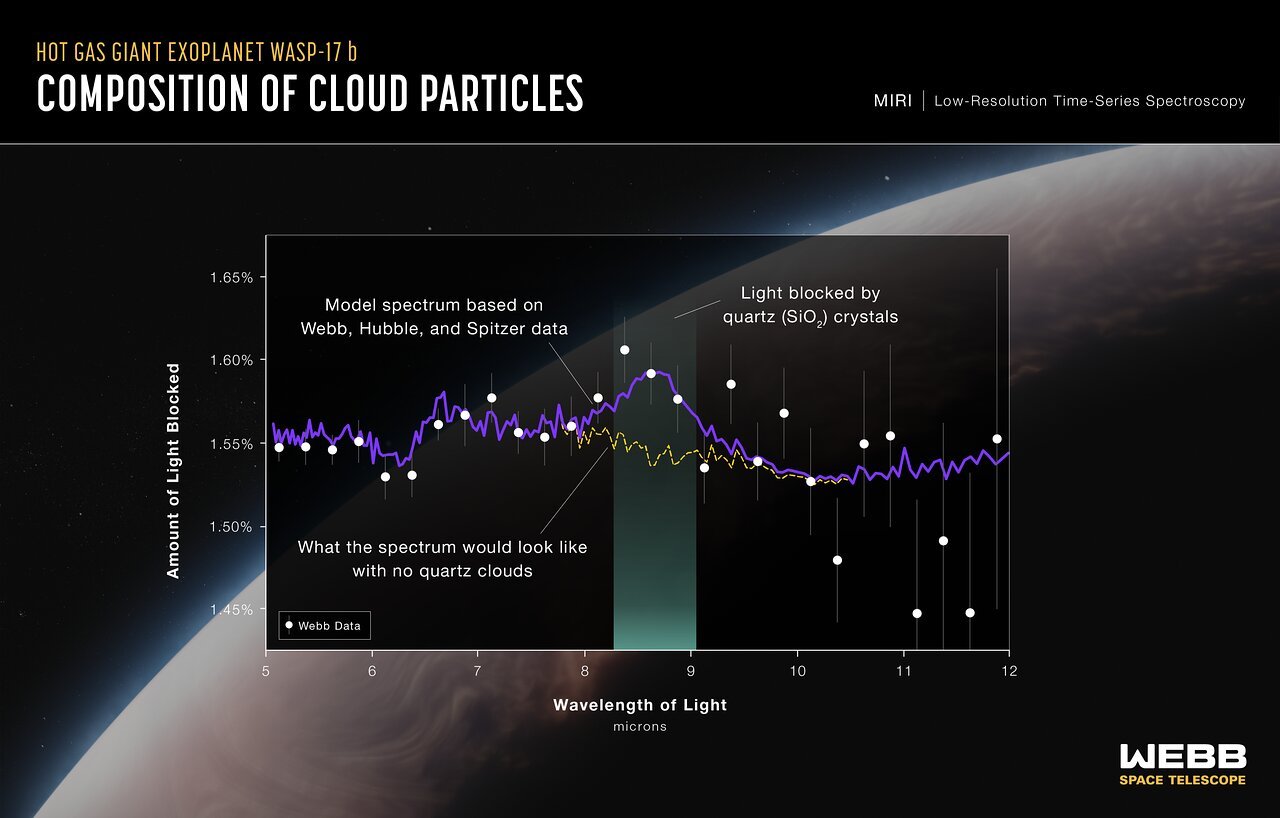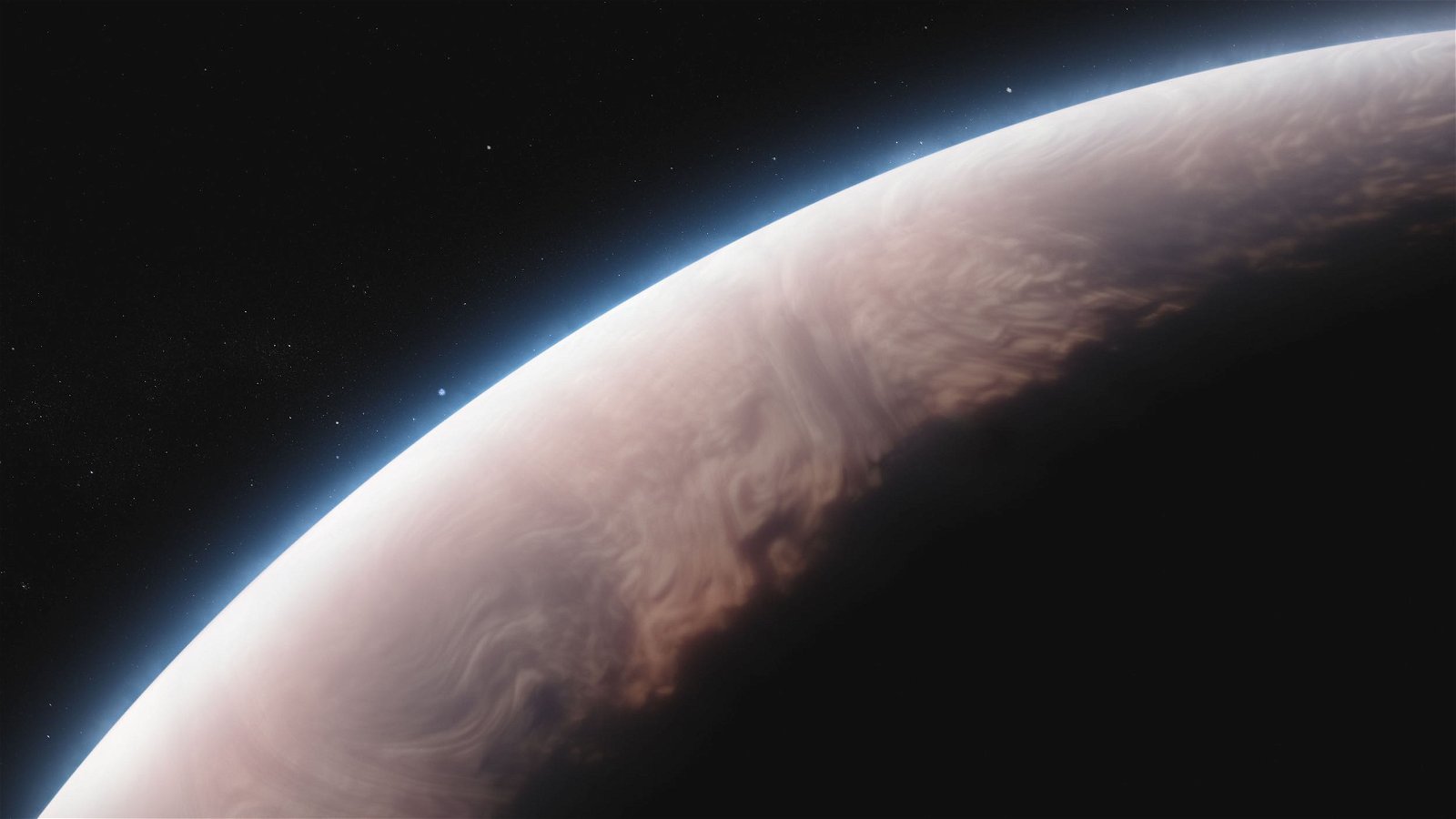NASA’s James Webb Space Telescope has detected evidence of something unexpected surrounding a distant Jupiter-like exoplanet, WASP-17 b, which researchers involved with the discovery say is the first observation of its kind.
1,300 light-years from Earth within the high-altitude clouds of the exoplanet WASP-17 b, researchers say they have found evidence for the presence of quartz nanocrystals, marking the first such observation in a discovery made possible by Webb’s Mid-Infrared Instrument, or MIRI.
Located within the constellation Scorpius, WASP-17 b was discovered in August 2009. One of the largest exoplanets ever discovered, among the unique properties that distinguish it from its nearby planetary neighbors is the fact that it is also the first planet scientists have discovered that possesses a retrograde orbit, which sees it moving in the opposite direction of its nearby star’s rotation.


It also has a very short orbital period of slightly less than four Earth days, which makes it an ideal target for astronomers employing techniques like transmission spectroscopy, which measures the way starlight is scattered and filtered as it passes through an exoplanet’s atmosphere.
Although the planet’s unusual retrograde orbit had already made it an outlier that upended our previous understanding of planetary formation theory, the new observations made by the Webb Telescope are adding to WASP-17 b’s mystery, since particles of silica (SiO2) have never been previously observed in a distant planet’s atmosphere.
David Grant with the University of Bristol, U.K., who was part of the research team that made the intriguing discovery, said that although they knew that aerosols were likely to be found in WASP-17 b’s atmosphere based on past observations by Webb’s predecessor, the Hubble Space Telescope, “we didn’t expect them to be made of quartz.” Grant is the lead author of a new paper detailing his team’s findings.
Co-author Hannah Wakeford, also from the University of Bristol, agreed that the discovery came as a complete surprise to the team.
“We fully expected to see magnesium silicates,” Wakeford said in a statement. “But what we’re seeing instead are likely the building blocks of those, the tiny ‘seed’ particles needed to form the larger silicate grains we detect in cooler exoplanets and brown dwarfs.”
Minerals whose compositions are rich in oxygen and silicon, known as silicates, are extremely prevalent on Earth and the Moon, and are believed to also exist in abundance throughout the galaxy. Although silicates have been previously detected in exoplanet atmospheres, as well as those of brown dwarfs, those discoveries involved silicates composed mainly of olivine, pyroxene, and other magnesium-rich minerals.
The discovery of silicates composed of quartz alone in WASP-17 b’s atmosphere marks yet another unique discovery that builds onto the many intriguing aspects of the exoplanet’s composition and behavior. Particularly, the team’s discovery provides new insights into the dynamics of how the clouds enveloping exoplanets form, and evolve over time.


While observing WASP-17 b over the course of a ten hour period, Webb was able to gather more than 1,200 brightness measurements of infrared light emissions as the planet passed in front of its star, providing enough information for each wavelength to be calculated. To the team’s surprise, an unusual spike appeared at 8.6 microns, which was very different from what would be expected if the clouds surrounding the exoplanet had been filled with magnesium silicates as in past observations, pointing to the presence of quartz silicates instead.
Each of the quartz nanocrystals is likely to be about a millionth of a centimeter across in length, but possessing prismoid shapes similar to quartz grains as they appear on Earth. But unlike minerals that find their way into clouds on our planet from the Earth itself, the quartz nanoparticles in WASP-17 b’s atmosphere are believed to have their origins from within its atmosphere, where conditions are right for the formation of solid crystalline forms directly from the hot gases that are abundant.
“In these conditions, solid crystals can form directly from gas, without going through a liquid phase first,” Grant said in a statement.
Grant and the team believe that their findings could help astronomers understand not only the composition of clouds in the atmospheres of exoplanets like WASP-17 b, but also may reveal underlying processes in the formation and evolution of exoplanets.
“While the exact composition of these clouds is largely unknown, this information is vital to understanding the chemistry and energy budget of planetary atmospheres,” the team writes in their recent paper.
“These beautiful silica crystals tell us about the inventory of different materials and how they all come together to shape the environment of this planet,” Wakeford said.
The team’s new paper, “JWST-TST DREAMS: Quartz Clouds in the Atmosphere of WASP-17b,” was published in The Astrophysical Journal on October 16, 2023, and can be read in its entirety online.
Micah Hanks is the Editor-in-Chief and Co-Founder of The Debrief. He can be reached by email at micah@thedebrief.org. Follow his work at micahhanks.com and on Twitter: @MicahHanks.

